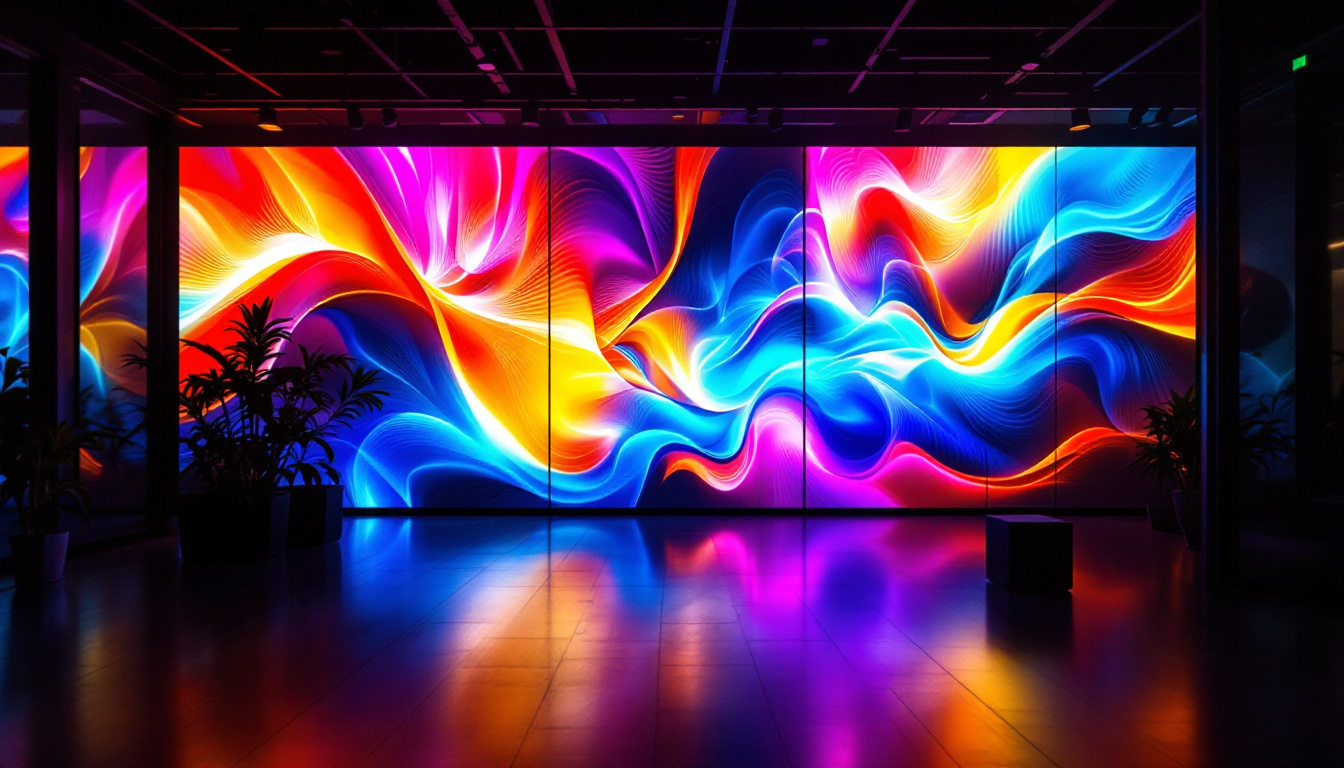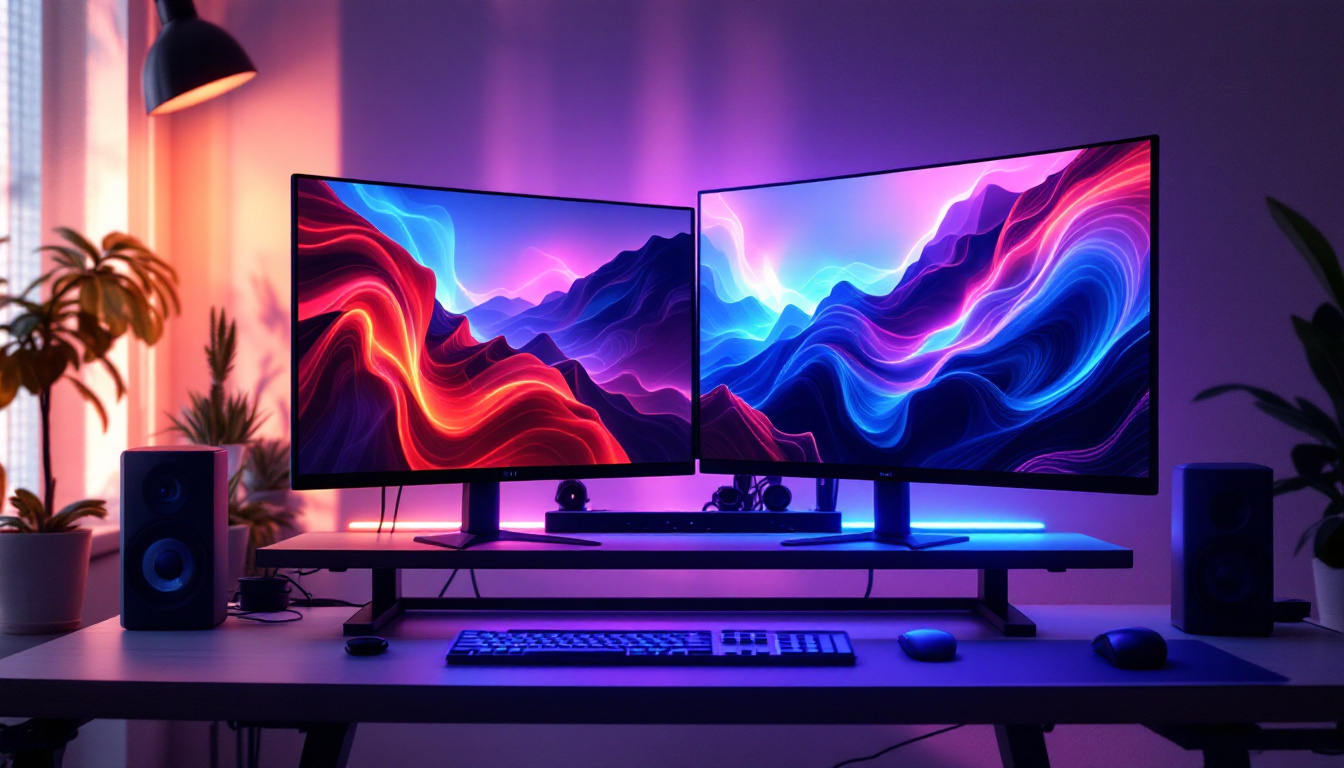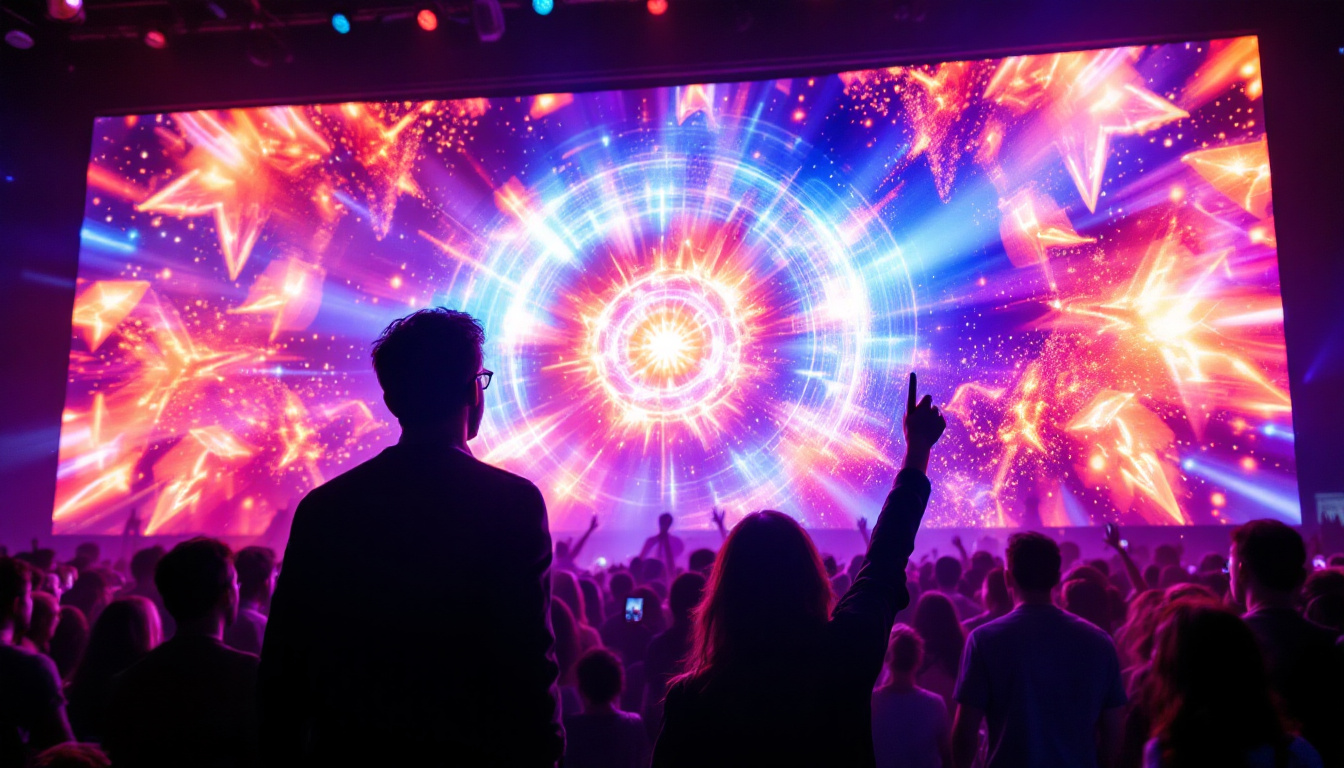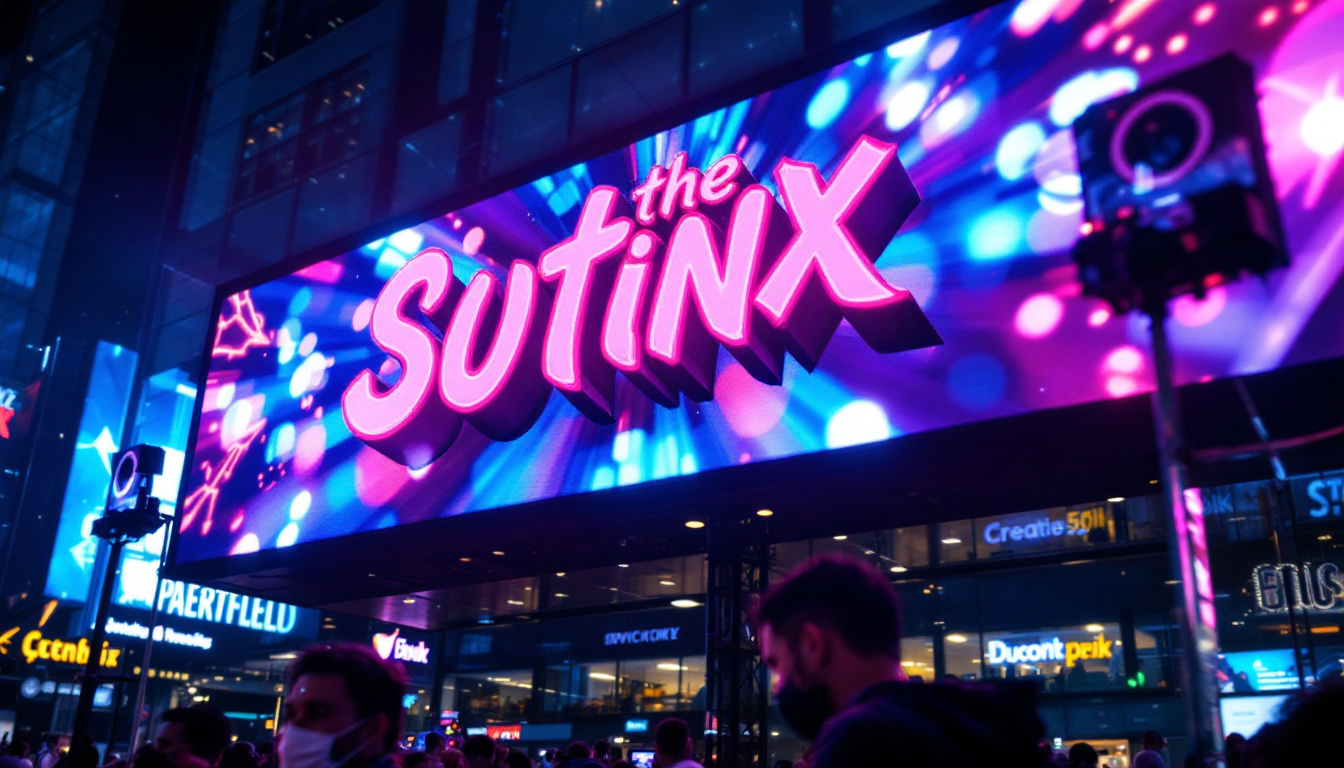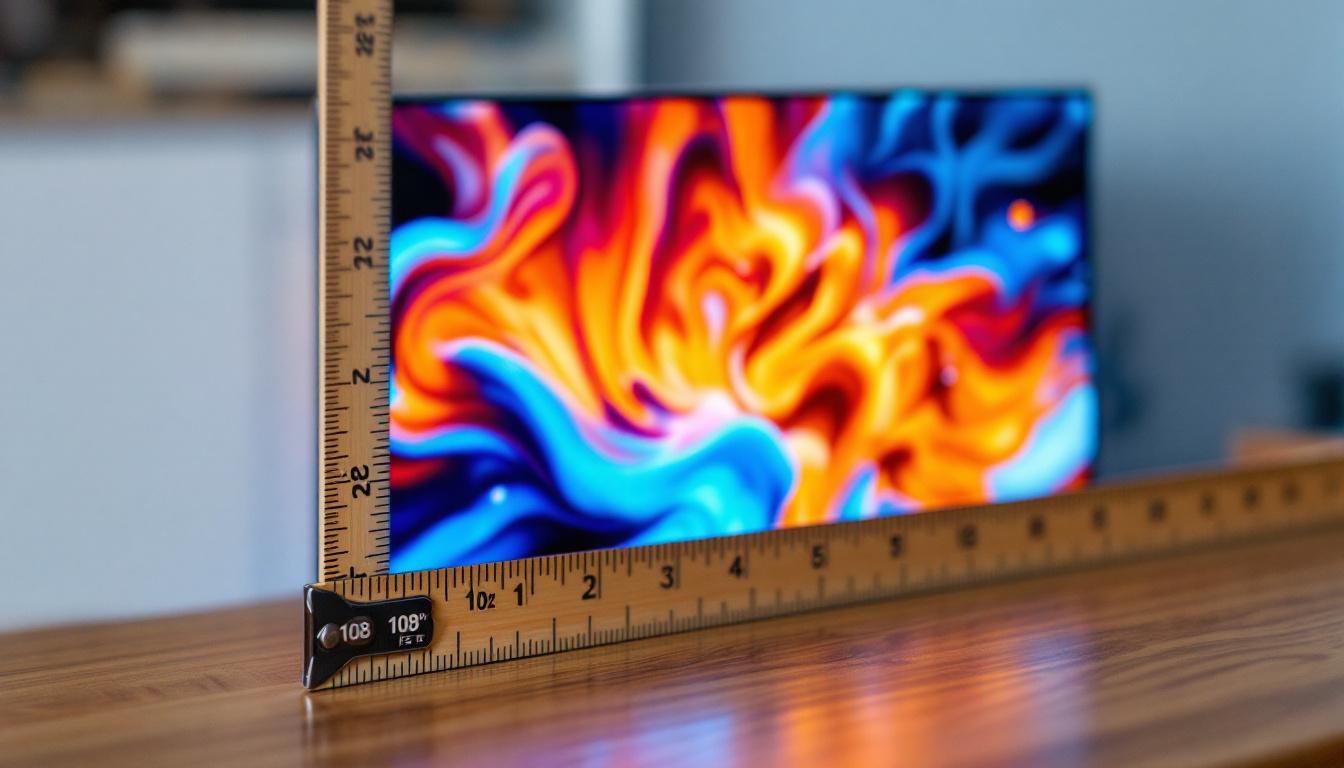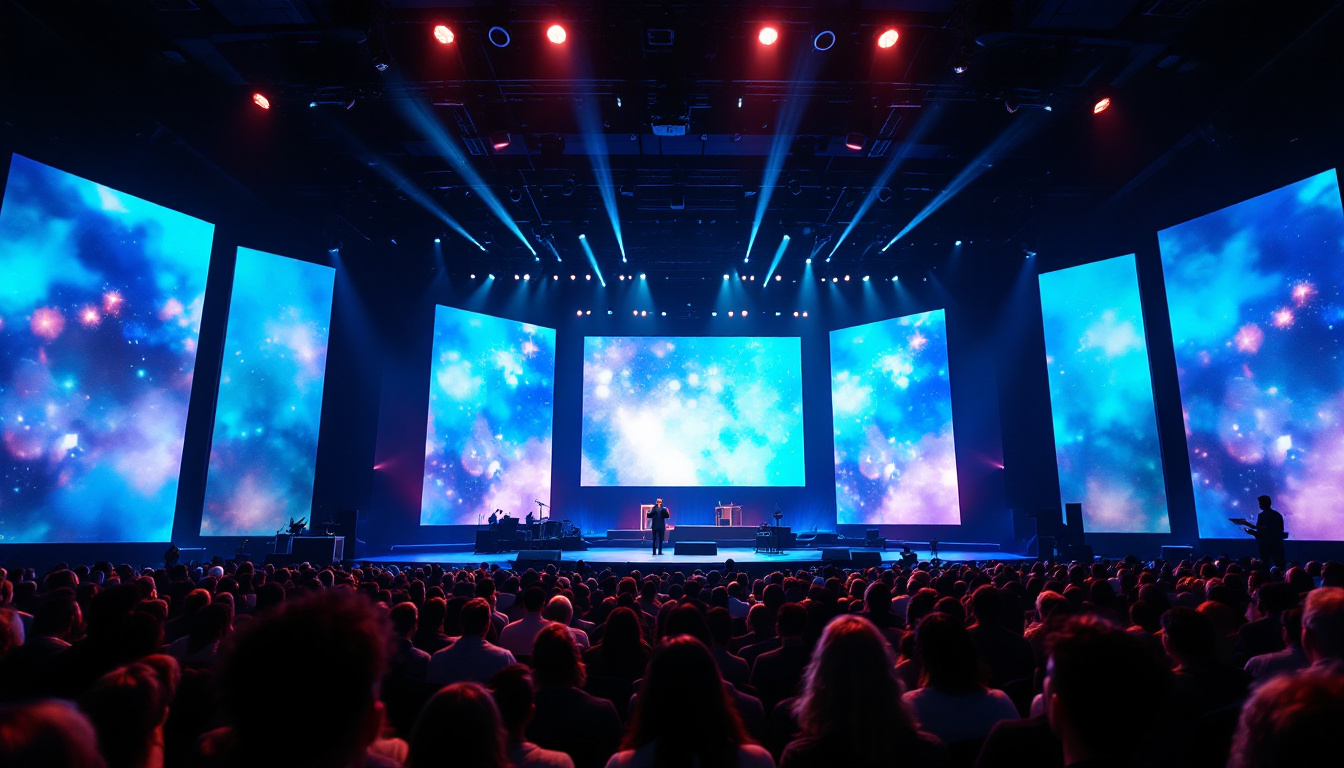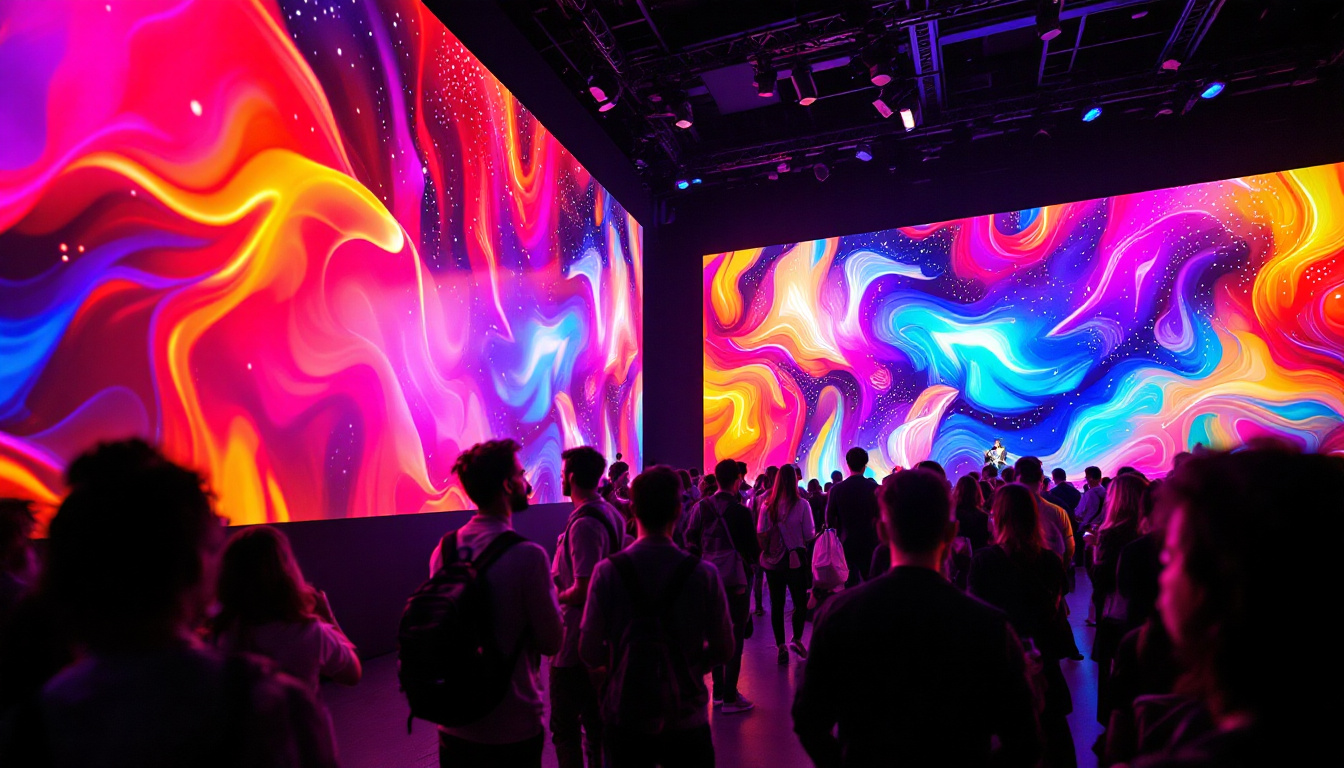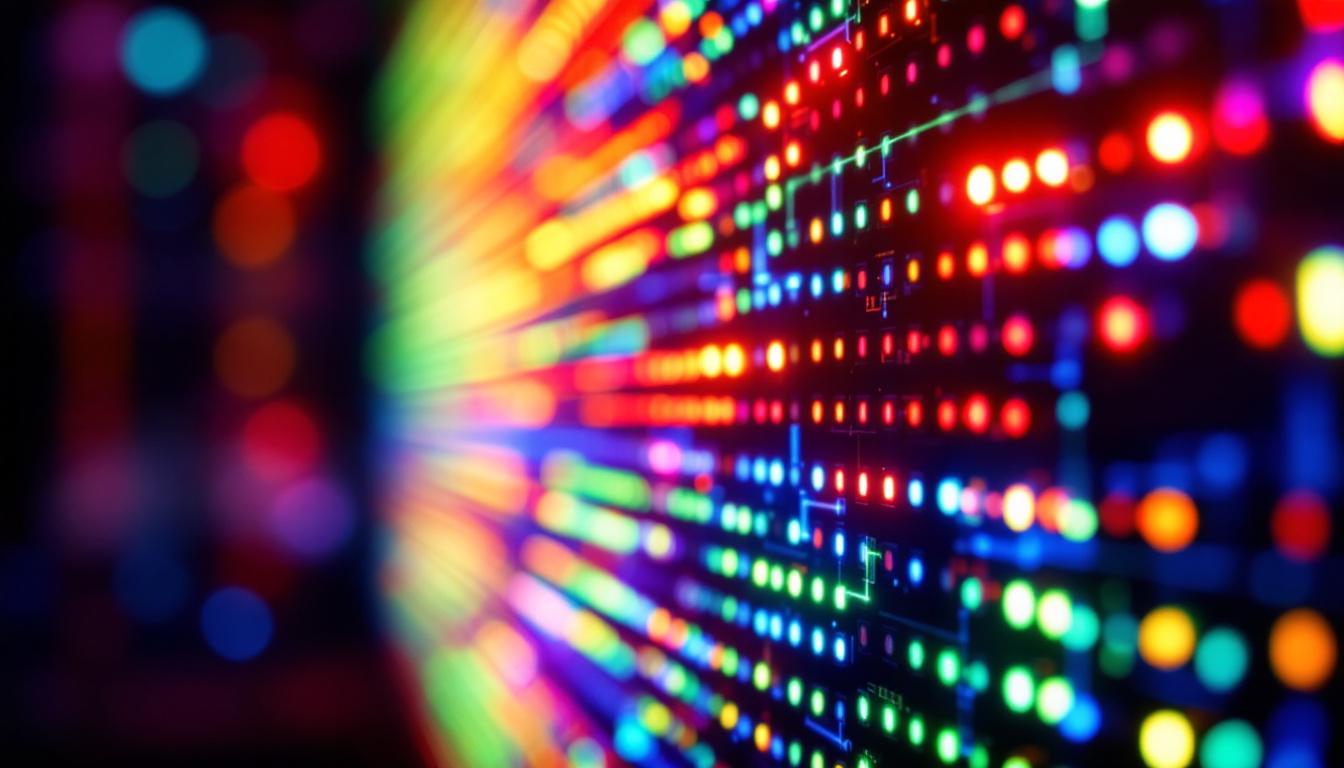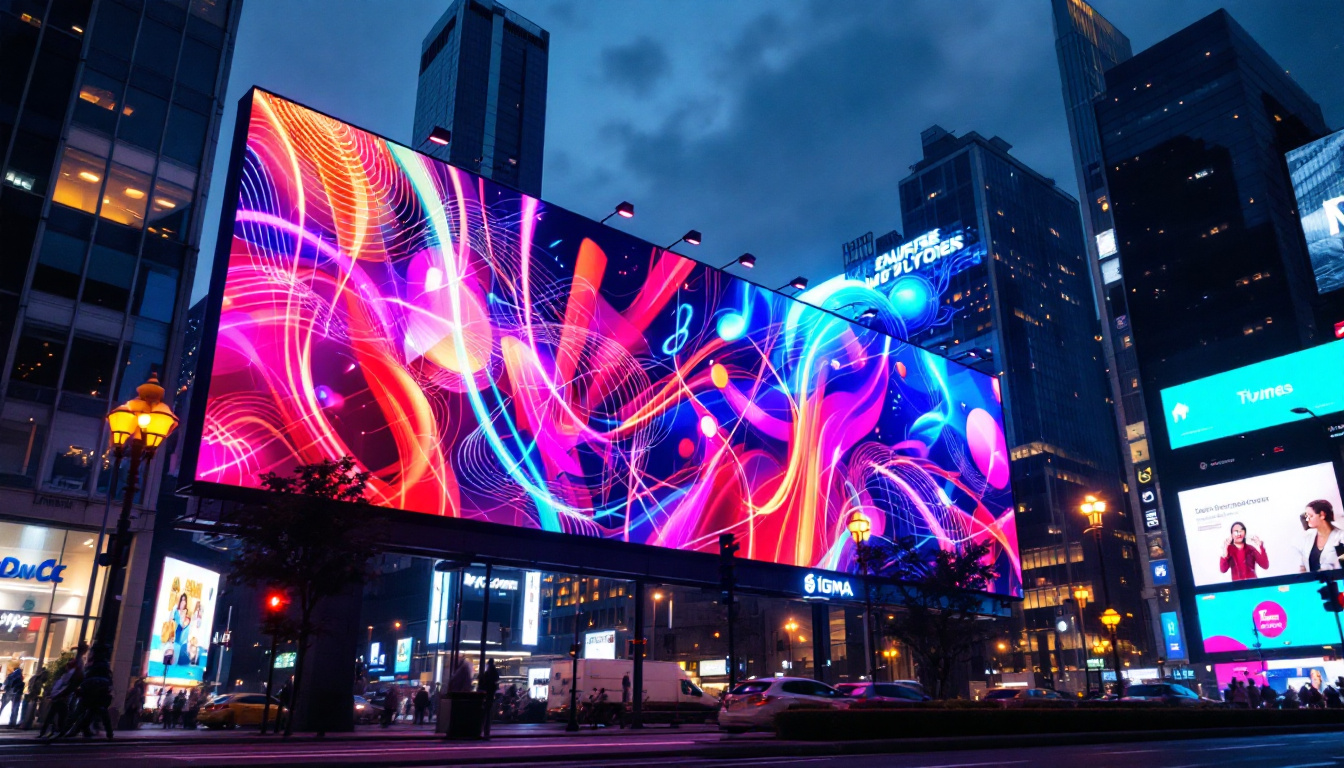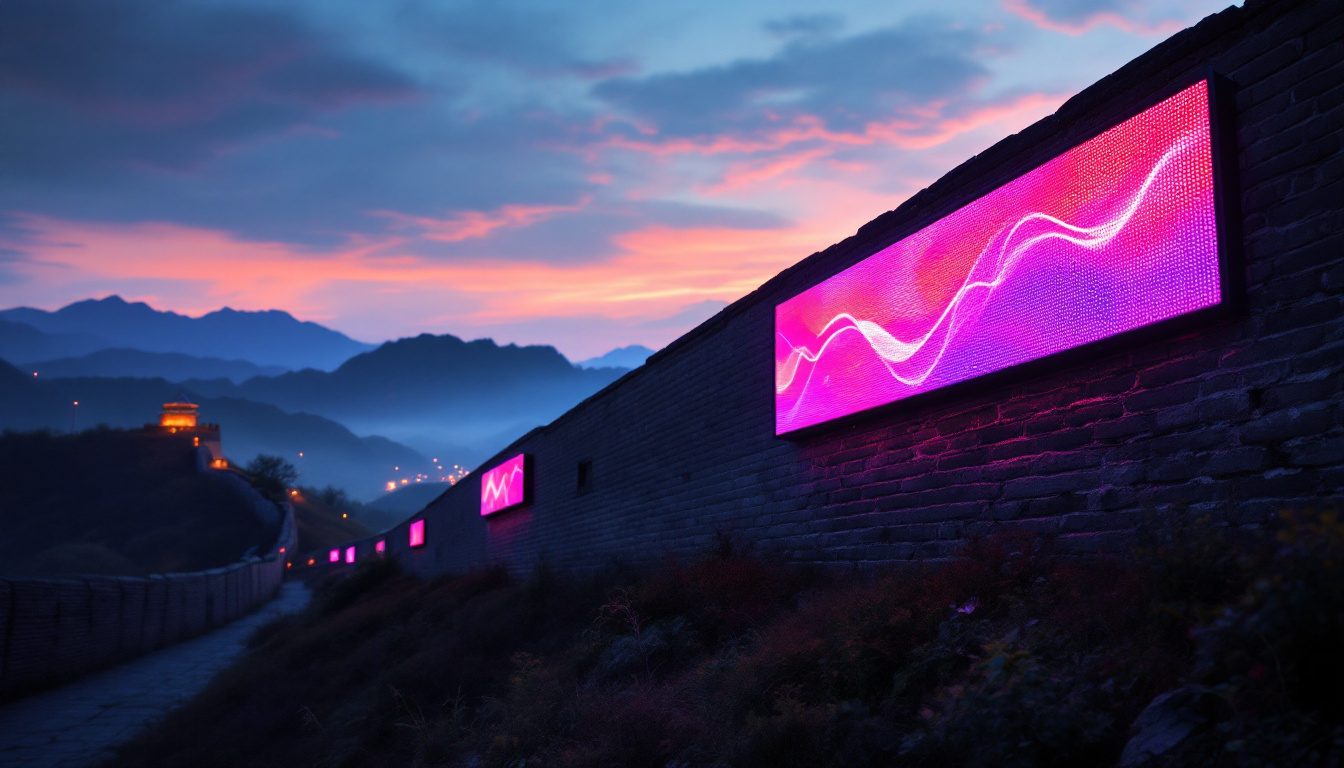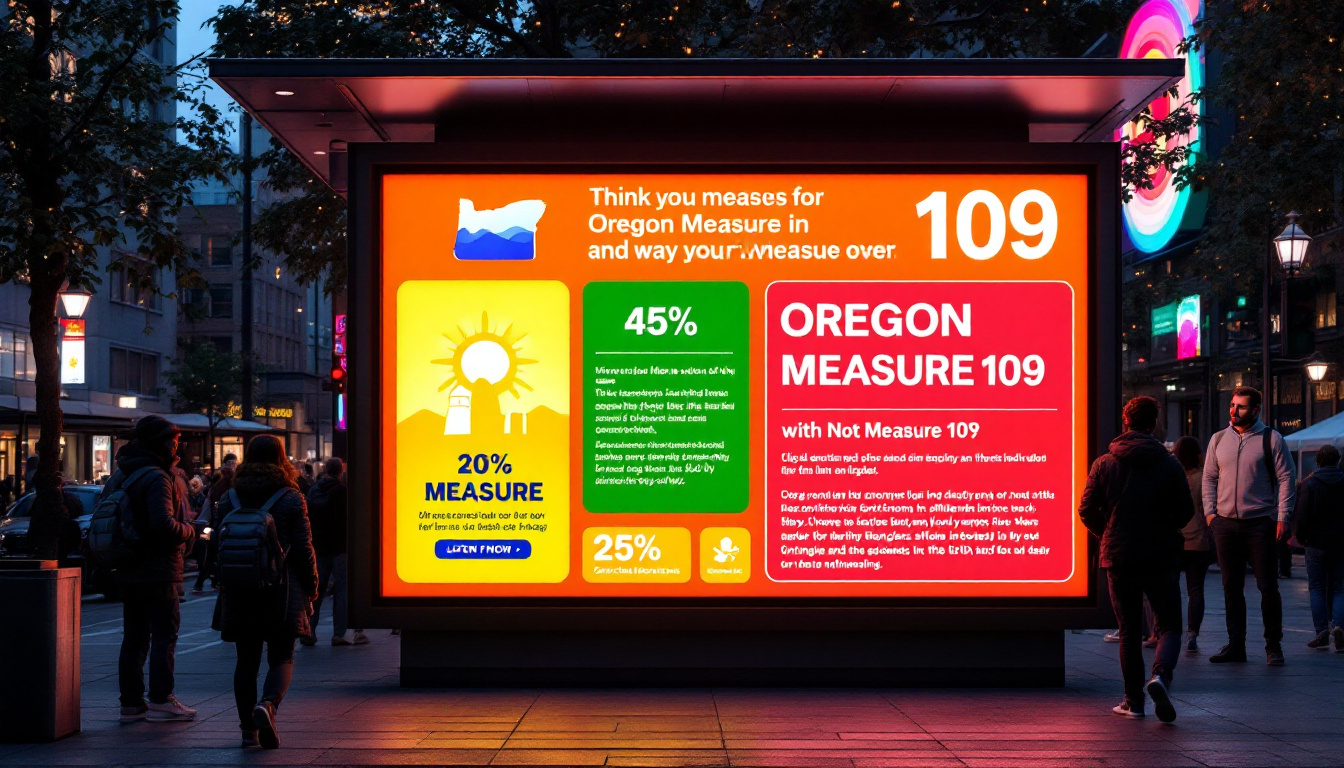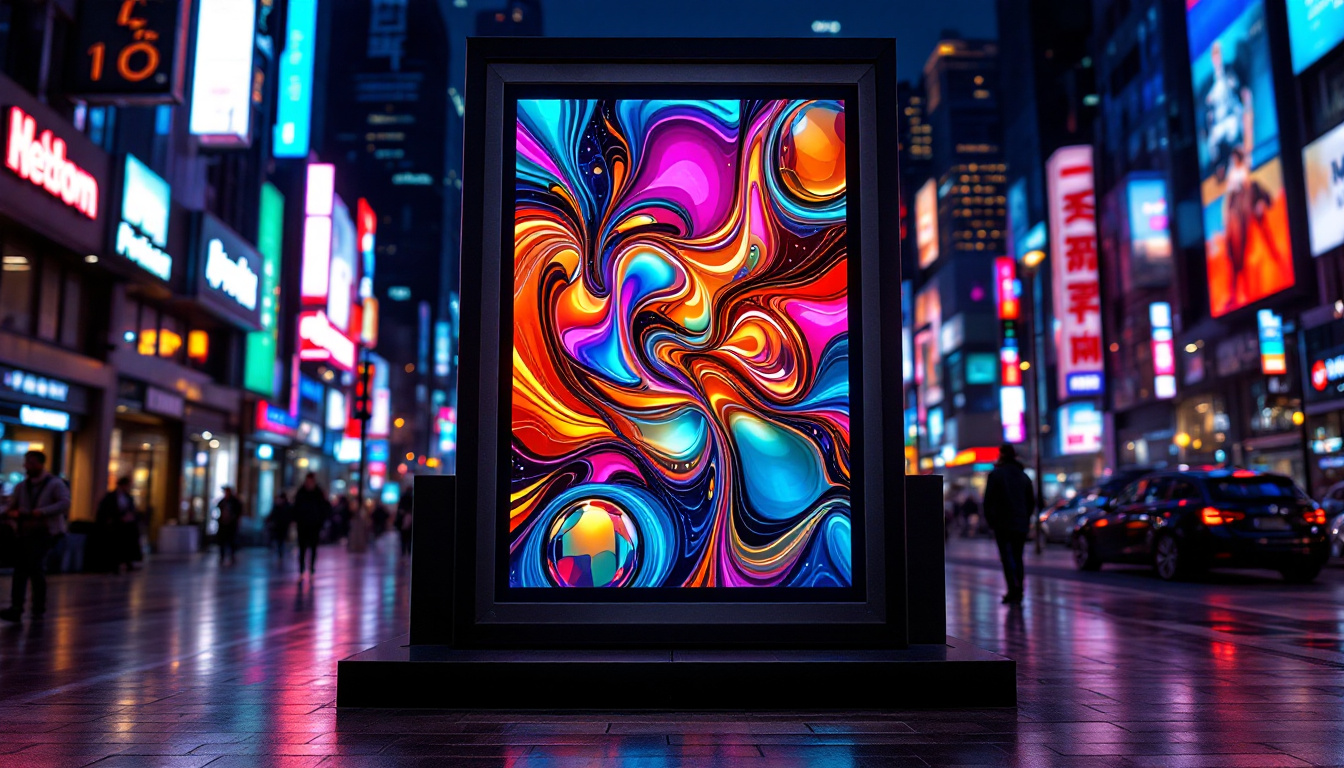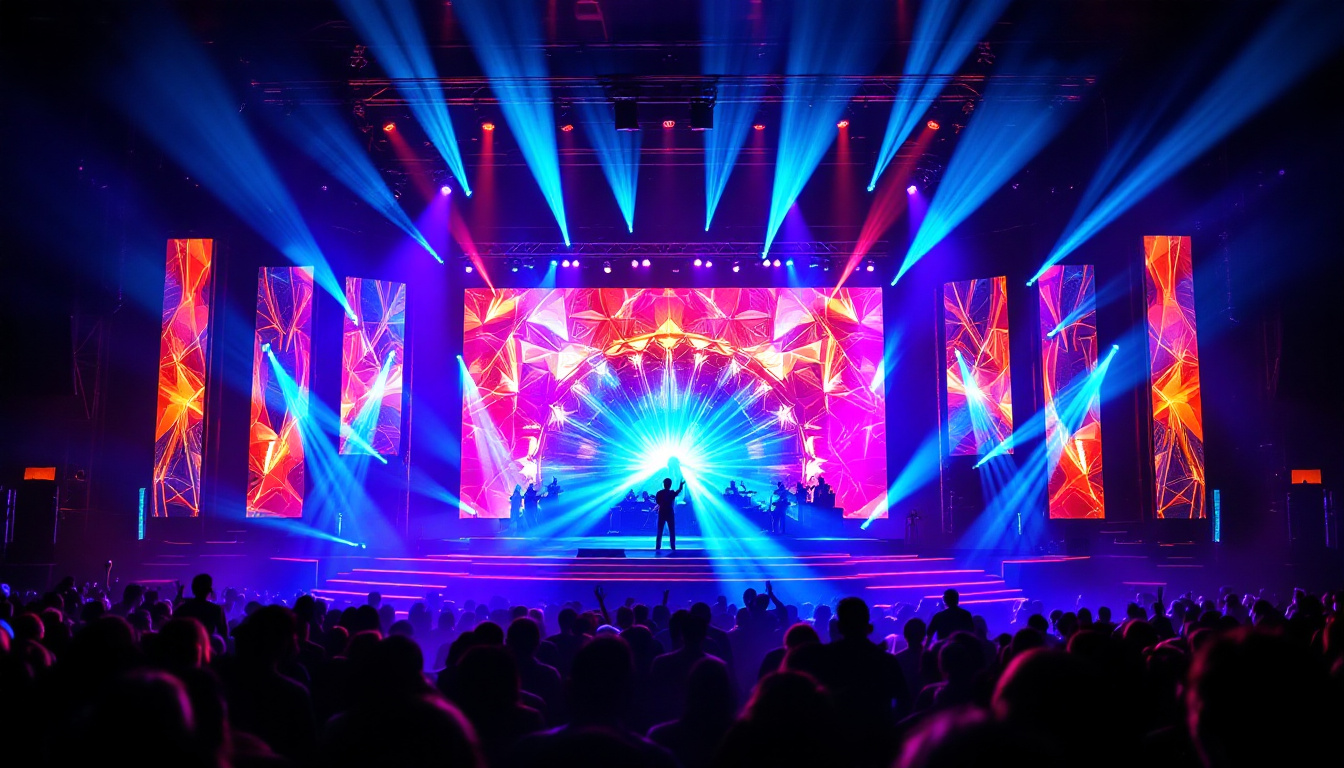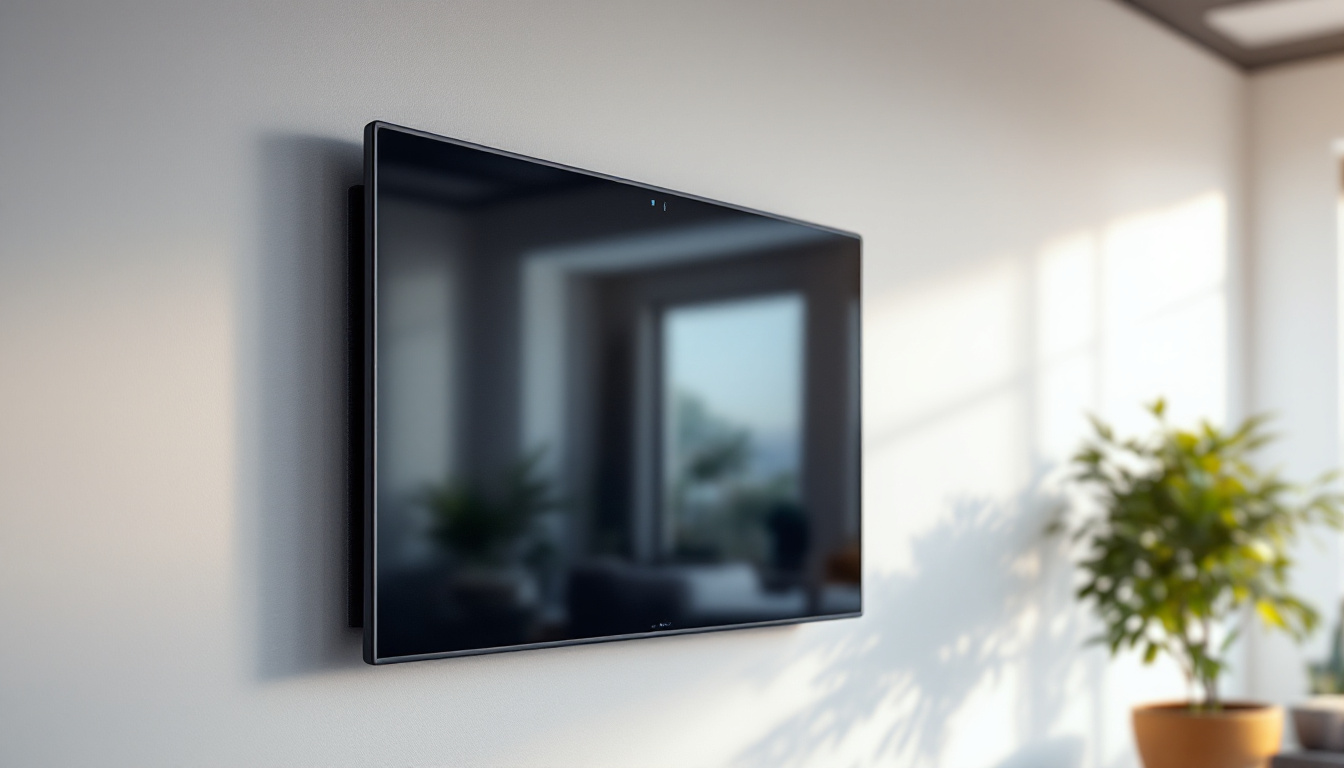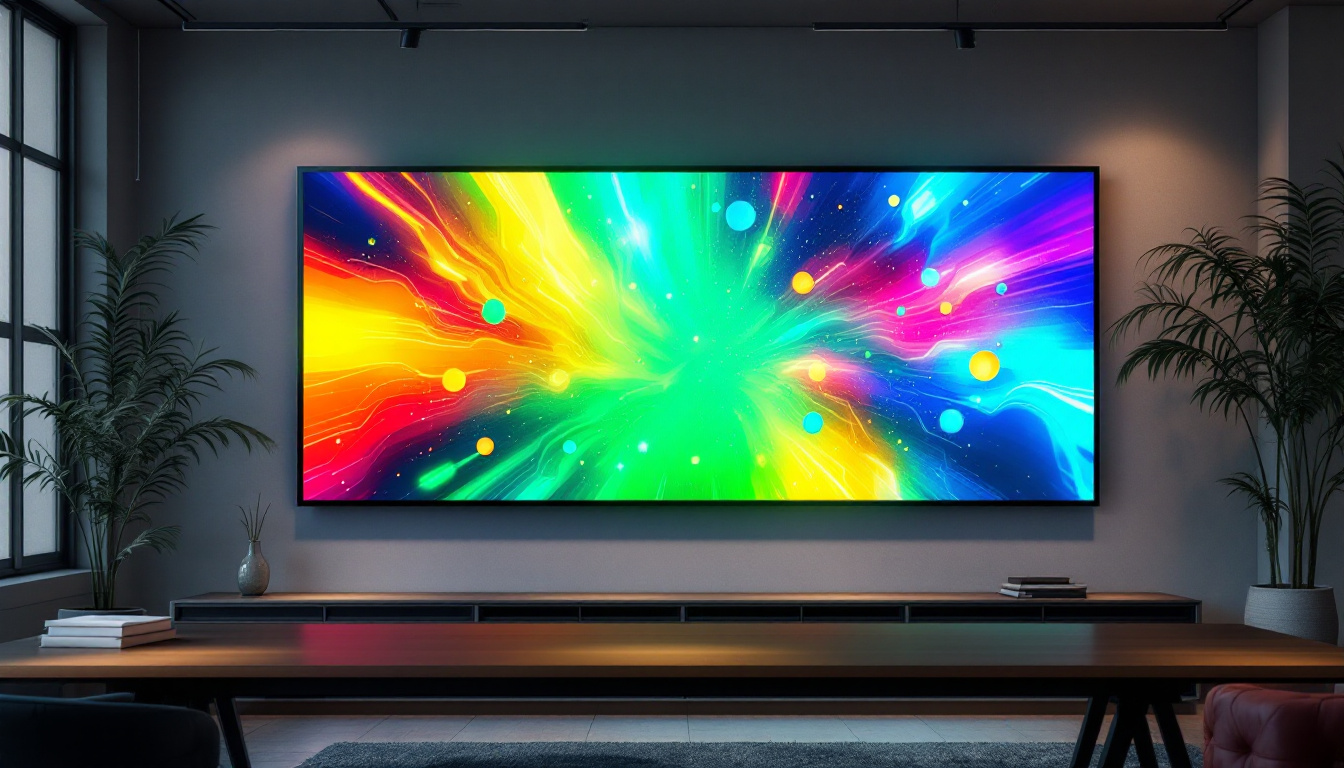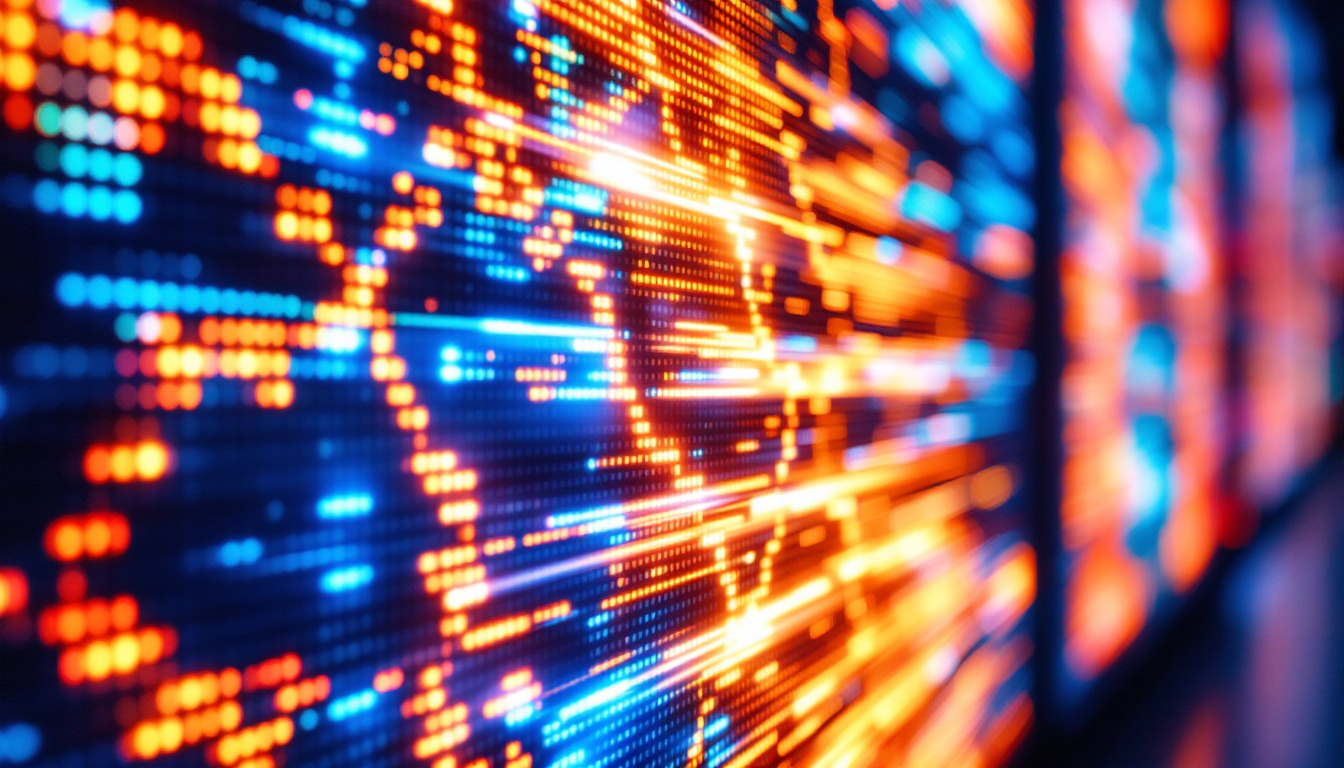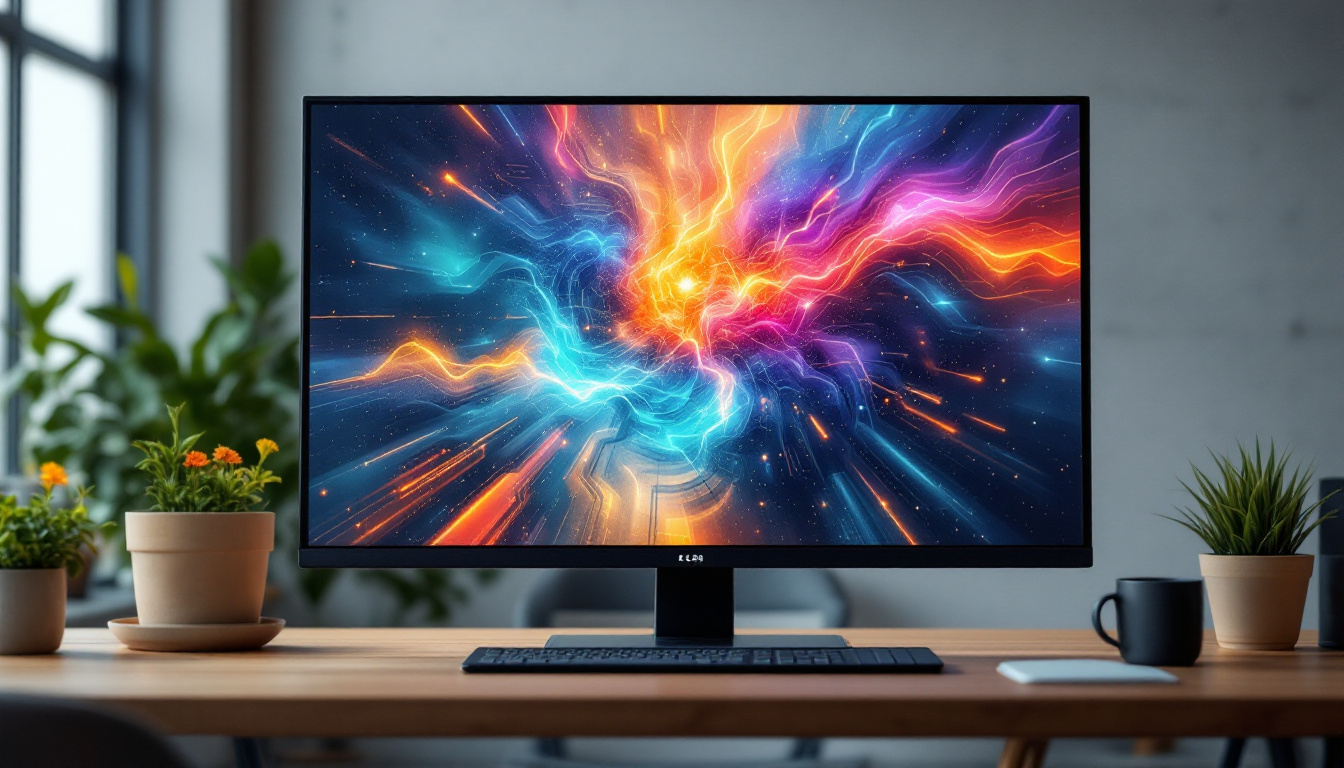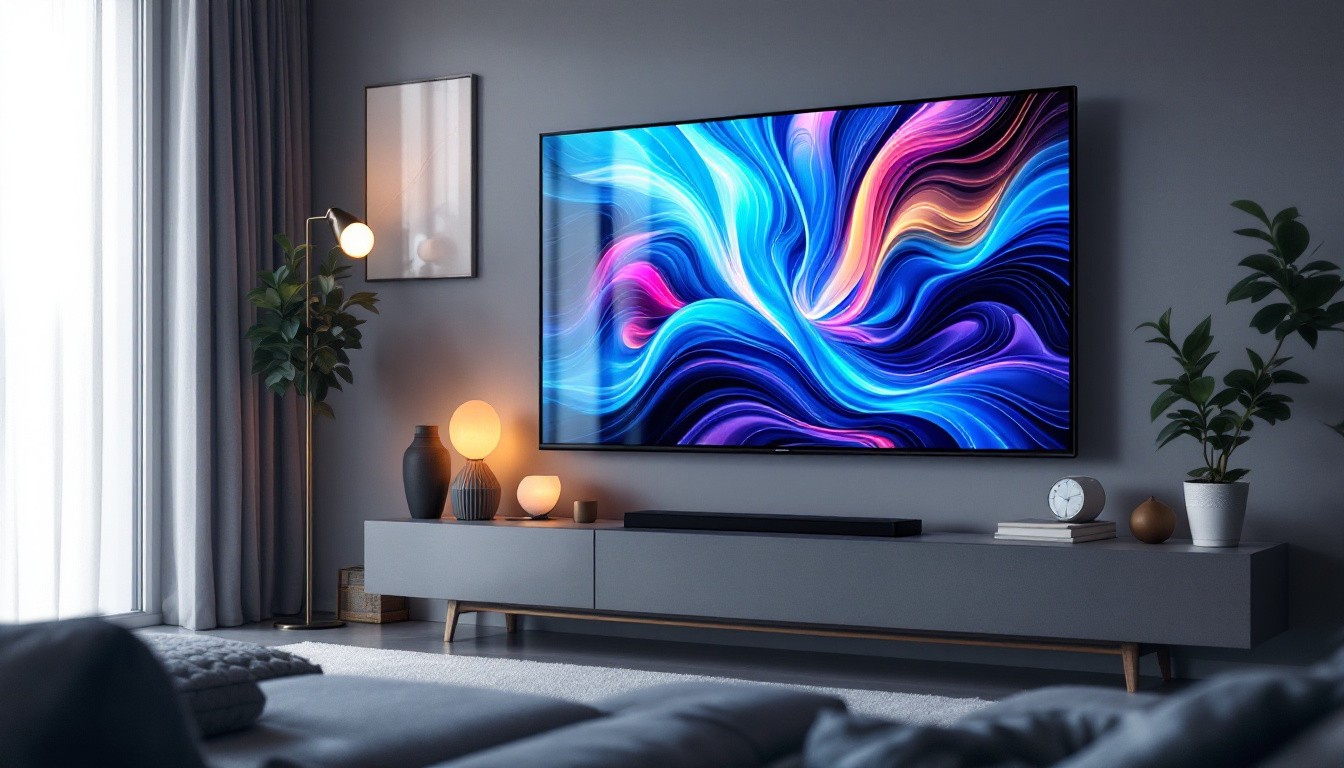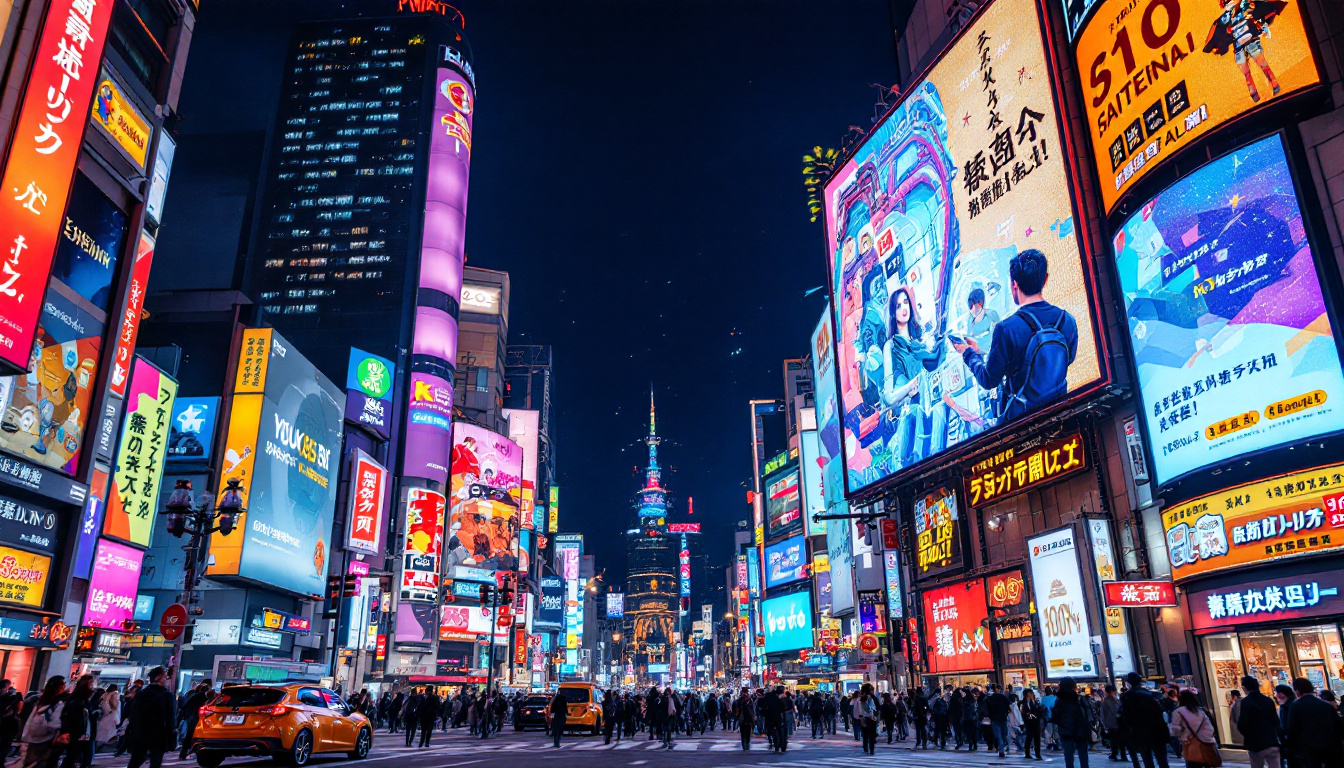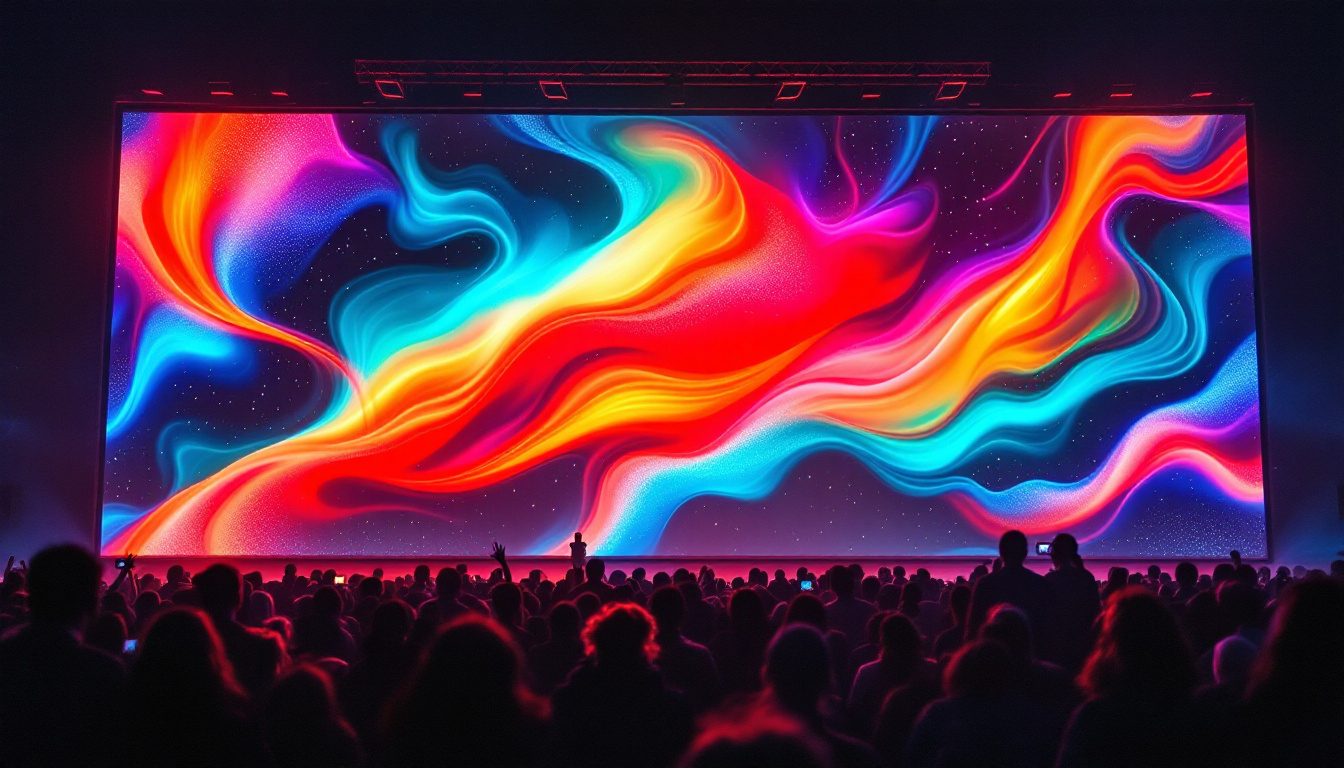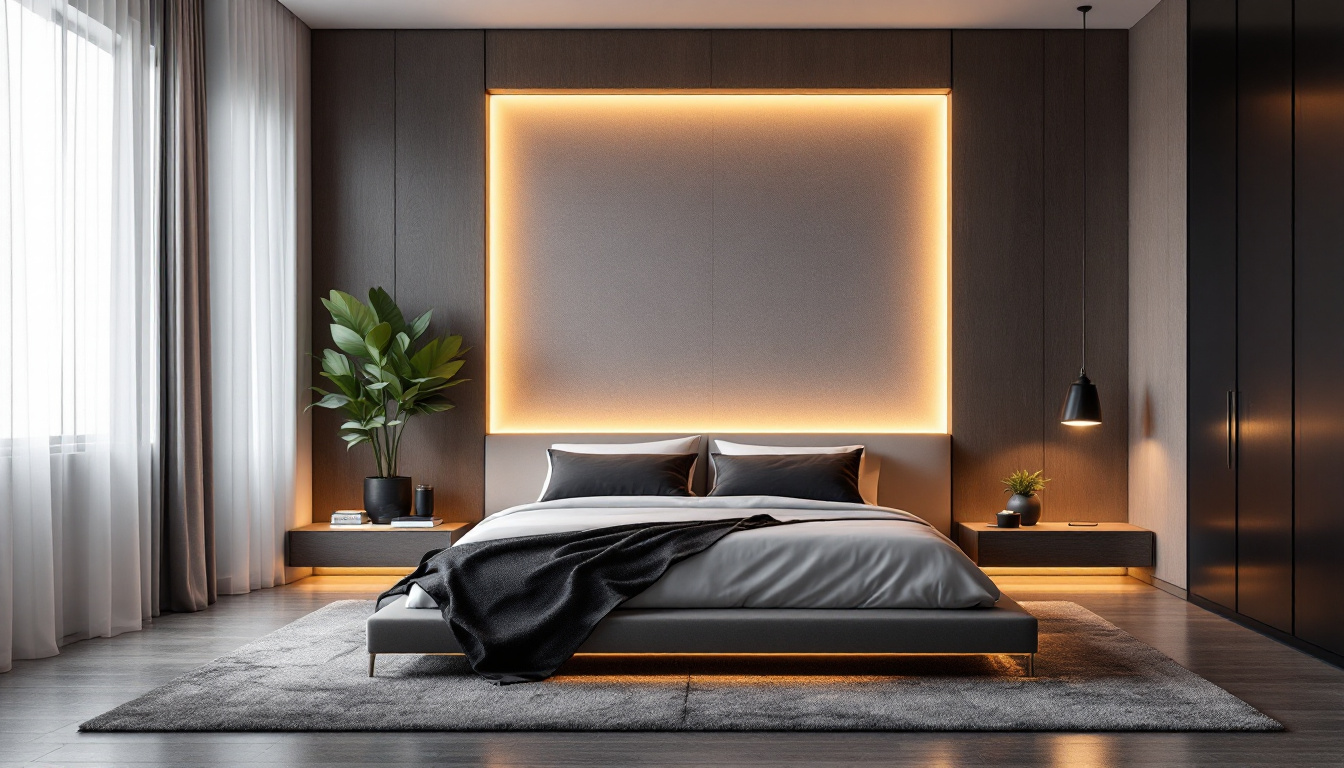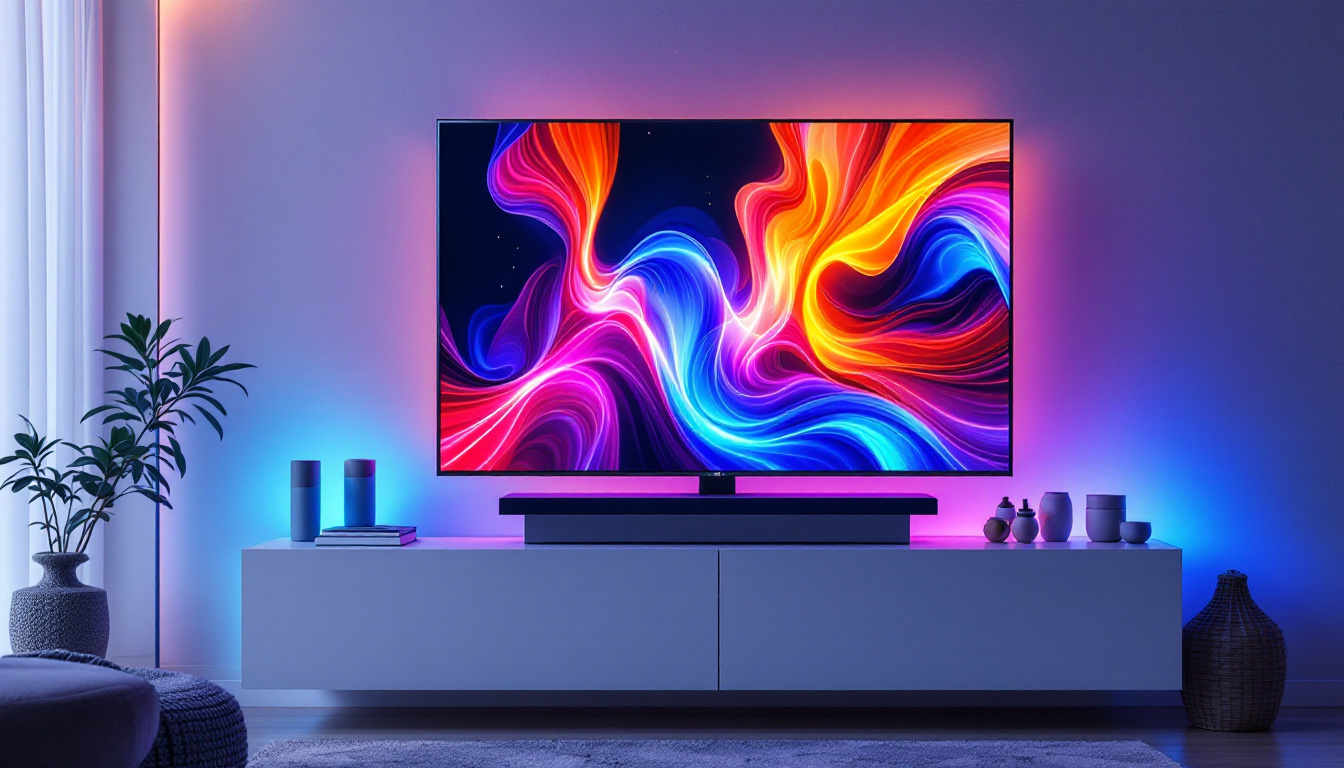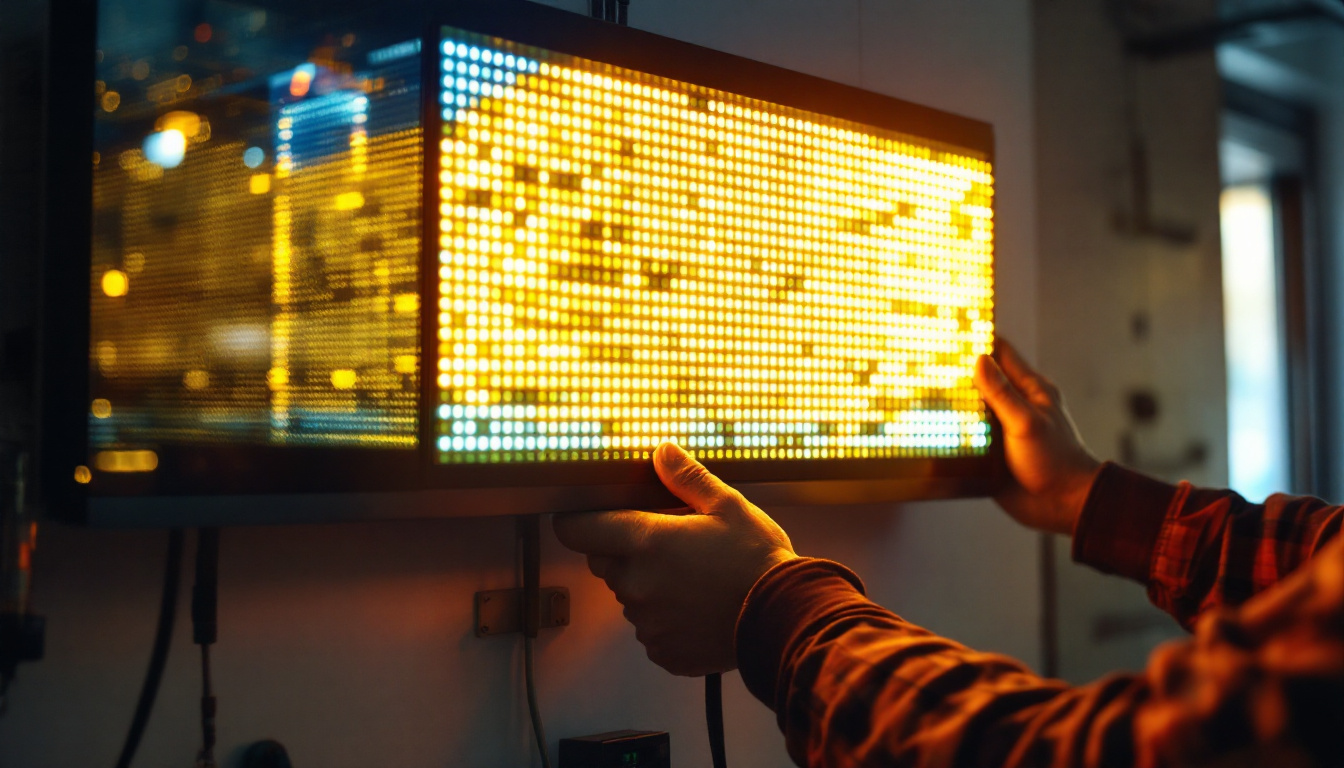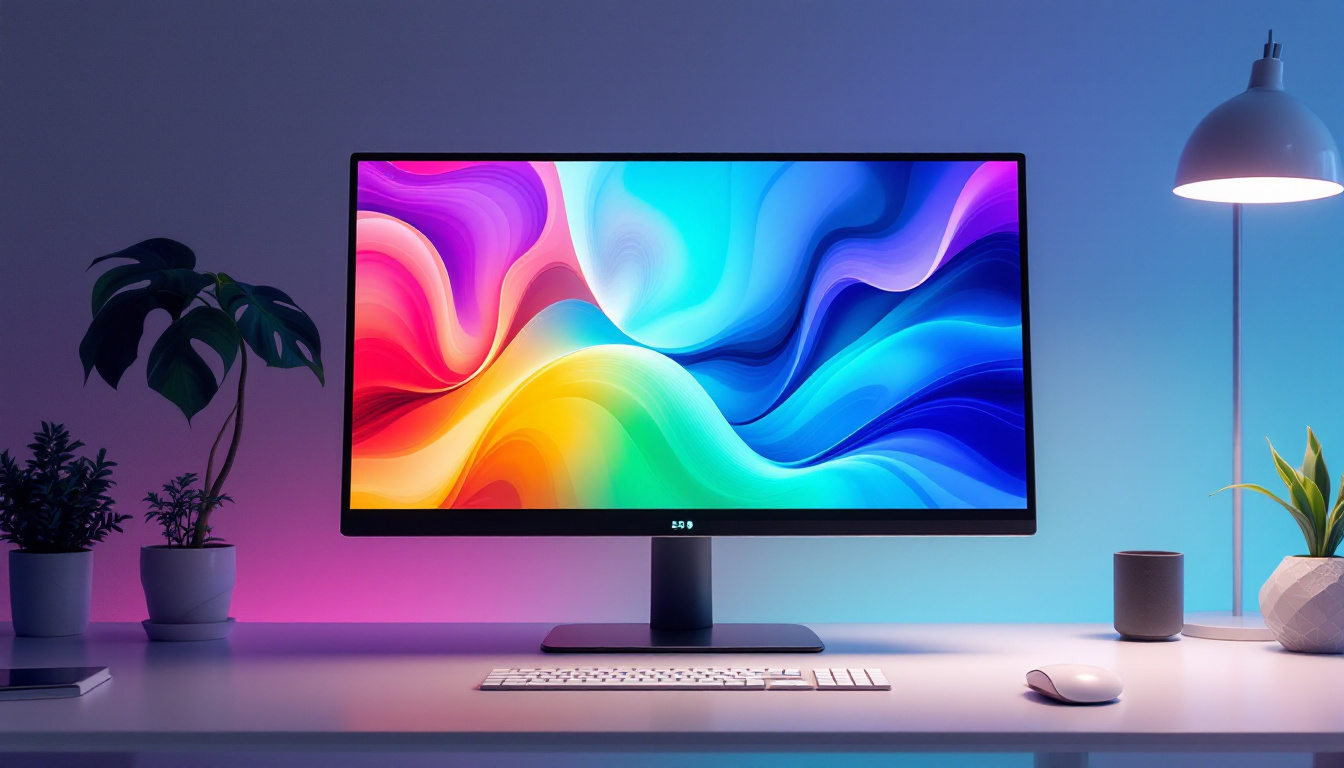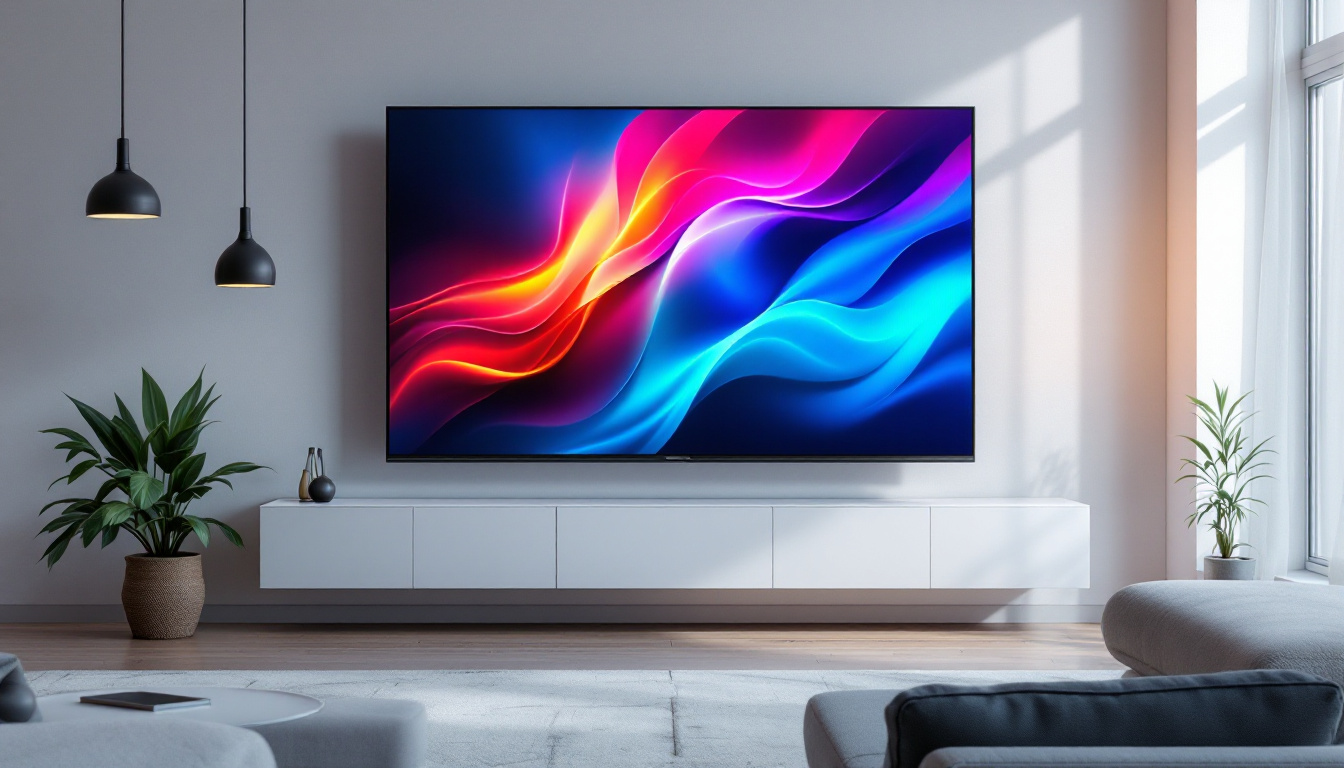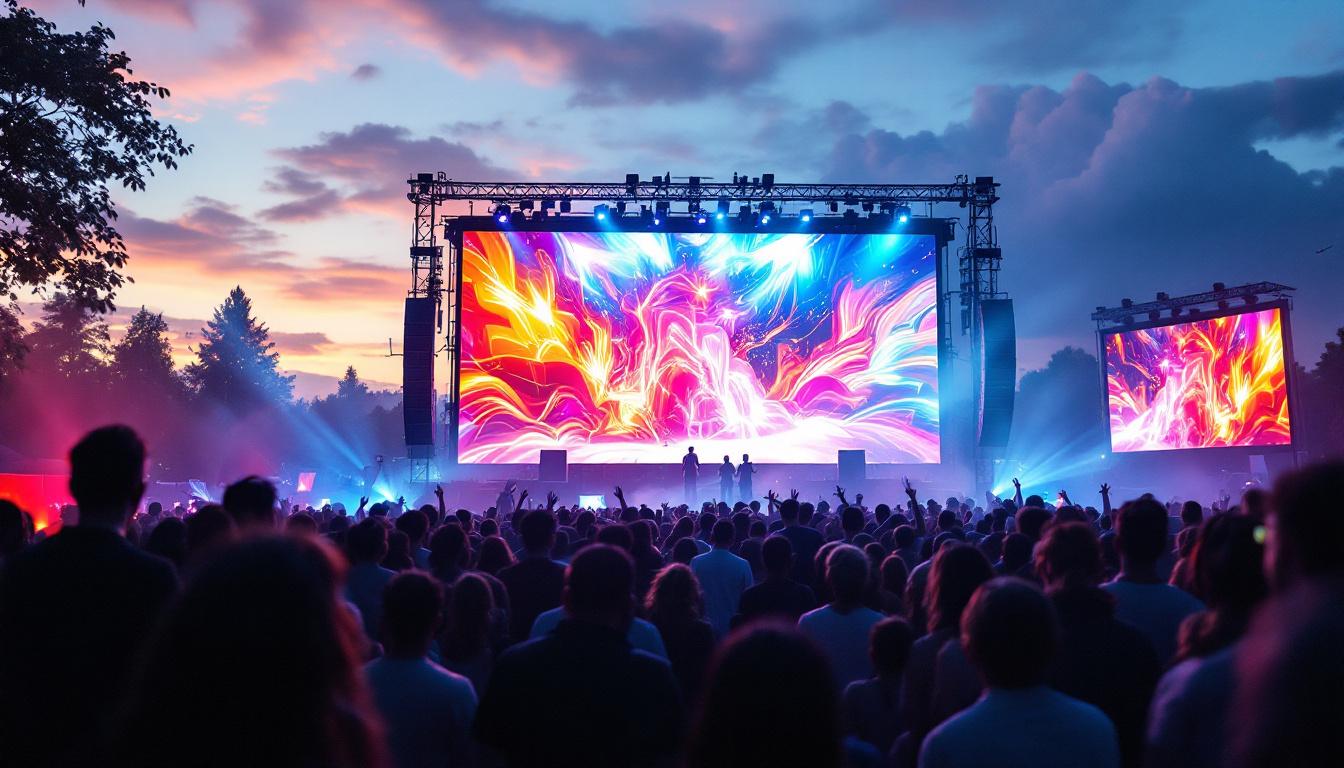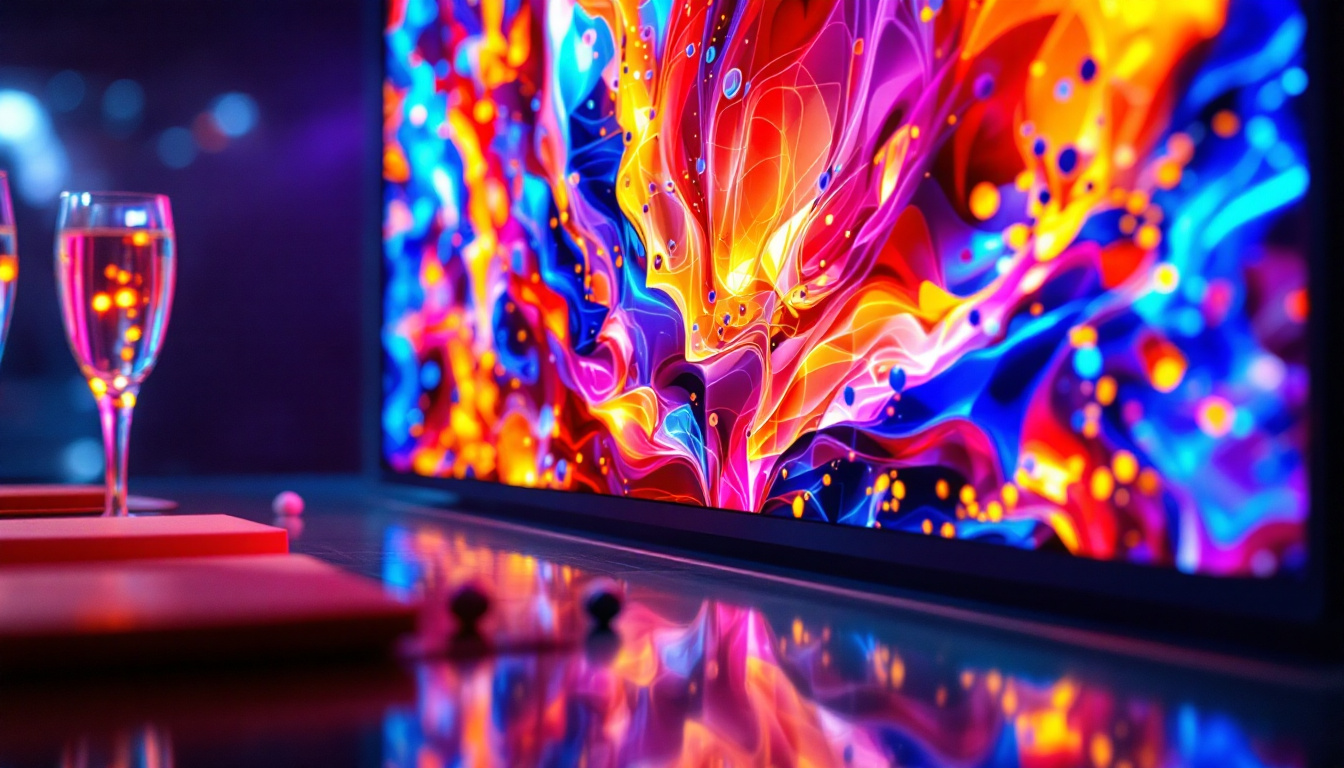In the ever-evolving landscape of visual technology, LED displays have emerged as a dominant force, transforming the way information is presented and experienced. Among these, LED light walls have gained significant traction, offering stunning visuals and versatility for various applications. This article delves into the intricacies of LED light walls, exploring their technology, applications, and benefits.
Understanding LED Technology
LED, or Light Emitting Diode, technology is at the heart of modern display systems. Unlike traditional display technologies, LEDs provide a more efficient and vibrant way to produce light and color. This section will explore the fundamental principles behind LED technology and how it applies to LED light walls.
What is an LED?
An LED is a semiconductor device that emits light when an electric current passes through it. The light produced can vary in color depending on the materials used in the semiconductor. This characteristic allows for a wide range of applications, from simple indicator lights to complex display systems.
In an LED light wall, thousands of these tiny diodes are arranged in a grid format, creating a larger, cohesive display. The arrangement and density of these LEDs determine the overall resolution and visual quality of the display. The ability to control each individual LED allows for dynamic content that can change in real-time, making LED light walls particularly effective for advertising, entertainment, and information dissemination. Furthermore, the longevity of LEDs—often exceeding 50,000 hours—means that they are not only cost-effective but also environmentally friendly compared to traditional lighting solutions.
Types of LEDs Used in Displays
There are primarily two types of LEDs used in display technology: SMD (Surface-Mounted Device) and DIP (Dual In-line Package). SMD LEDs are commonly used in modern LED light walls due to their compact size and ability to produce high-resolution images.
DIP LEDs, while still in use, are generally found in older display technologies. They are larger and often used in applications where high brightness is required, such as outdoor billboards. Understanding these types is crucial for selecting the right LED technology for specific needs. Additionally, there are variations within these categories, such as RGB (Red, Green, Blue) LEDs, which can mix colors to create a full spectrum of hues, and high-power LEDs that are designed for applications requiring intense brightness. The choice of LED type not only influences the visual output but also impacts energy consumption and heat generation, making it essential to consider these factors in the design and implementation of LED display systems.
Components of an LED Light Wall
LED light walls are composed of several key components that work together to create stunning visual displays. Each component plays a vital role in ensuring the functionality and quality of the display. Below are the primary components that make up an LED light wall.
LED Modules
LED modules are the building blocks of an LED light wall. Each module contains a matrix of LEDs that can be individually controlled to produce various colors and images. The modules are designed to be easily interchangeable, allowing for quick repairs and upgrades.
These modules come in different sizes and pixel pitches, which refers to the distance between the centers of two adjacent pixels. A smaller pixel pitch results in higher resolution, making it suitable for close viewing distances, while a larger pitch is ideal for larger displays viewed from afar.
Control Systems
The control system is the brain of the LED light wall. It manages the input signals and ensures that the correct images and videos are displayed on the screen. Advanced control systems allow for real-time updates, enabling dynamic content that can change based on user interaction or environmental factors.
Control systems can be software-based, often running on dedicated hardware, or integrated into the LED modules themselves. The choice of control system can significantly impact the performance and capabilities of the LED display.
Power Supply
Power supply units are essential for providing the necessary electricity to the LED modules. Given the high energy consumption of LED displays, especially larger installations, a reliable power supply is crucial for maintaining consistent performance.
Many modern LED light walls utilize energy-efficient power supplies that help reduce overall energy costs and environmental impact. Additionally, these power supplies often come with built-in safety features to prevent overloads and ensure longevity.
Applications of LED Light Walls
LED light walls are incredibly versatile and can be found in various settings, from commercial to artistic. Their ability to deliver high-quality visuals makes them suitable for numerous applications. Below are some of the most common uses of LED light walls.
Advertising and Marketing
One of the most prominent applications of LED light walls is in advertising and marketing. Businesses leverage these displays to showcase dynamic advertisements that capture the attention of potential customers. The bright colors and moving images can make a significant impact in high-traffic areas.
From retail stores to outdoor billboards, LED light walls provide an engaging platform for brands to communicate their messages effectively. The ability to change content quickly allows businesses to adapt their marketing strategies in real-time, maximizing their reach and effectiveness.
Entertainment and Events
In the entertainment industry, LED light walls have revolutionized the way performances are visualized. Concerts, theater productions, and sporting events utilize these displays to enhance the audience’s experience. The vibrant visuals can set the mood, convey emotions, and provide essential information during live events.
Moreover, LED light walls are often used in stage designs, creating immersive environments that captivate audiences. Their flexibility in size and shape allows for creative designs that can transform any venue.
Corporate and Educational Settings
In corporate environments, LED light walls serve as powerful communication tools. They can be used for presentations, video conferencing, and information displays in lobbies or conference rooms. The clarity and brightness of LED displays ensure that information is conveyed effectively, regardless of lighting conditions.
Educational institutions also benefit from LED light walls, using them to enhance learning experiences. Interactive displays can facilitate engaging lessons, while announcements and information can be shared in real-time, keeping students informed and connected.
Benefits of LED Light Walls
The advantages of using LED light walls extend beyond their visual appeal. They offer numerous benefits that make them an attractive option for various applications. Below are some of the key benefits of LED light walls.
Energy Efficiency
One of the most significant benefits of LED technology is its energy efficiency. LED light walls consume significantly less power compared to traditional display technologies, resulting in lower energy bills and a reduced carbon footprint. This efficiency is particularly beneficial for large installations that operate for extended periods.
Additionally, advancements in LED technology continue to improve energy performance, making these displays even more sustainable over time.
Durability and Longevity
LED light walls are built to last. The solid-state nature of LEDs means they are more durable than traditional displays, which can be fragile and prone to damage. LED displays are resistant to shock, vibrations, and temperature variations, making them suitable for both indoor and outdoor use.
Furthermore, LED technology has a long lifespan, often exceeding 100,000 hours of operation. This longevity translates to lower maintenance costs and fewer replacements, providing a better return on investment.
High-Quality Visuals
LED light walls are renowned for their exceptional visual quality. They offer high brightness levels, vibrant colors, and excellent contrast ratios, ensuring that content is displayed with clarity and impact. This quality is particularly important in environments with varying lighting conditions, where traditional displays may struggle.
Moreover, the ability to achieve high resolutions with smaller pixel pitches allows for detailed images, making LED light walls suitable for close viewing distances. This capability enhances the overall viewing experience, whether for advertising, entertainment, or information dissemination.
Future Trends in LED Light Walls
The LED display industry is constantly evolving, with new technologies and trends emerging regularly. As demand for high-quality visual experiences grows, the future of LED light walls looks promising. Below are some trends that are likely to shape the future of LED displays.
Integration with Smart Technology
As smart technology continues to advance, the integration of LED light walls with IoT (Internet of Things) devices is becoming increasingly common. This integration allows for more interactive and responsive displays, enabling real-time content updates based on user interactions or environmental changes.
For instance, LED light walls can be programmed to display personalized advertisements based on the demographics of viewers, creating a more targeted marketing approach. This level of customization enhances user engagement and improves the effectiveness of advertising campaigns.
Flexible and Transparent Displays
Innovations in LED technology are leading to the development of flexible and transparent displays. These displays can be bent or shaped to fit unique designs, allowing for creative applications in architecture and interior design. Transparent LED displays can provide stunning visuals while maintaining visibility through the screen, making them ideal for storefronts and exhibitions.
Such advancements will open new possibilities for designers and businesses, enabling them to create immersive environments that blend technology with aesthetics.
Sustainability Initiatives
As sustainability becomes a priority across industries, the LED display sector is also focusing on eco-friendly practices. Manufacturers are increasingly adopting sustainable materials and production processes, reducing waste and energy consumption.
Moreover, the recycling of old LED displays and components is gaining traction, contributing to a circular economy. These initiatives not only benefit the environment but also appeal to consumers who prioritize sustainability in their purchasing decisions.
Conclusion
LED light walls represent a significant advancement in display technology, offering unparalleled visual quality, energy efficiency, and versatility. Their applications span a wide range of industries, from advertising to education, making them an essential tool for modern communication and engagement.
As technology continues to evolve, LED light walls will likely become even more integrated into our daily lives, enhancing the way information is presented and experienced. Embracing this technology can lead to innovative solutions that captivate audiences and drive engagement in an increasingly visual world.
Discover LumenMatrix LED Display Solutions
Ready to elevate your visual experience with the latest in LED display technology? Look no further than LumenMatrix, where innovation meets impact. Our comprehensive range of LED display modules, from Indoor and Outdoor LED Walls to specialized solutions like Vehicle Displays and Transparent Displays, is designed to bring your vision to life. Whether you’re looking to enhance brand visibility, create immersive environments, or communicate with dynamic clarity, LumenMatrix is your partner in revolutionizing visual communication. Check out LumenMatrix LED Display Solutions today and see how we can help you captivate your audience and share your message with the world.

